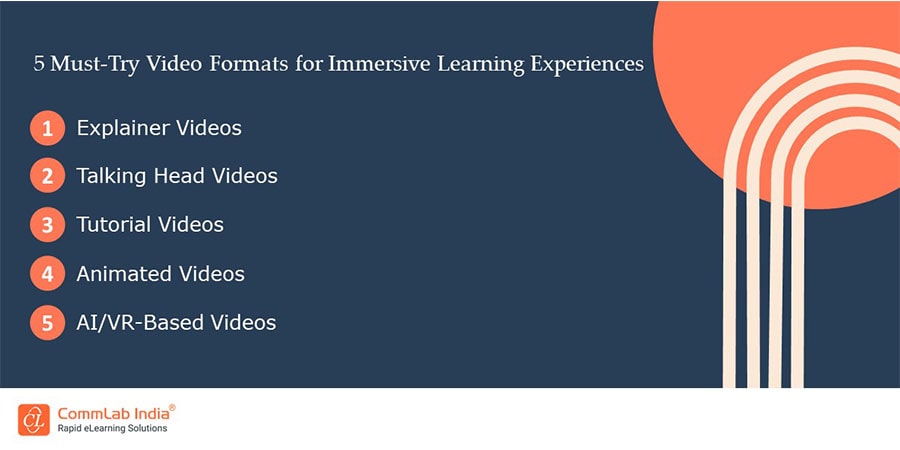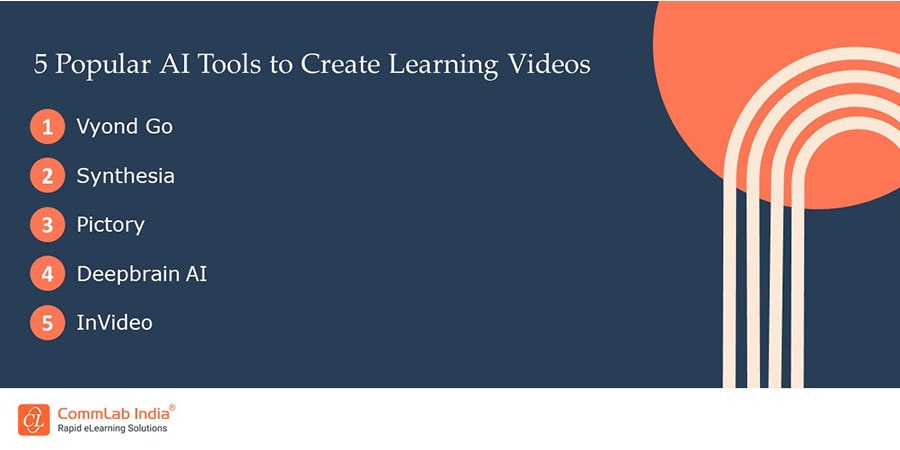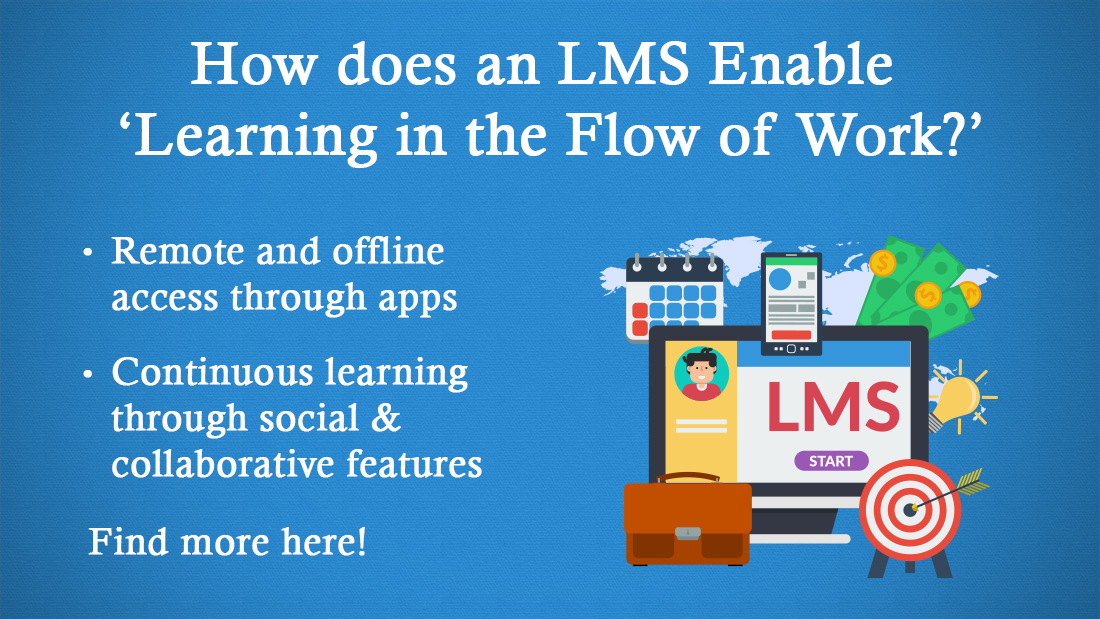Corporate Training: 4 Strategic Ways to Develop Learning Capabilities for the Future of Work

The world is evolving at lightning speed and businesses need to upgrade themselves to keep abreast of the rapid changes and stay relevant. Consequently, employees these days are expected to adapt and keep updated with the constantly changing business dynamics. Leading companies are looking for avenues to make their workforce future-ready to grab new opportunities and beat the competition. Learning and development (L&D) can pave the way for businesses to build a culture of continuous learning through corporate training. Read the blog for strategic ways to develop learning capabilities for a future-proof workforce.
The Corporate Training Landscape is Revolutionizing at Lightning Speed
Here are 4 strategic ways to develop learning capabilities for a future-proof workplace
- Collaborative and Social Learning
- Personalized Learning
- Video-Based Learning
- AI-Based Learning
The Future of Workplace Learning
The fast pace of changing business dynamics demands organizations to not only stay current but also to be keen to upgrade themselves continuously to match the ever-evolving business landscape. It is a fact that the skills and knowledge that were relevant in the recent past have become obsolete now and the trend is expected to continue.
No wonder, skills gap is a major cause of concern for organizations, and it is forecasted to become more acute in the future. The shift to a skill-based economy has intrigued the need for upskilling and reskilling. Technological advancements have also fueled the need to get acquainted with new tools, technologies, and applications to keep up with the fast-paced changes. This is the reason why learning and development has gained prominence in recent times. L&D teams need to broaden their outlook to embrace the novelty and focus on devising solutions that enable organizations to cope with advancements and provide long-term sustainability. In short, the future of workplace learning must be looked at with a fresh perspective to build a task force that is agile and resilient enough to take up new and unprecedented challenges.
→ Download eBook: The State of Learning: 2023 and Beyond
4 Learning Formats that Will Shape the Future of Workplace Learning
Today’s generation seeks to learn and grow and has a deep inclination toward organizations that offer the scope for continuous learning. But sadly more than half of the employees say that their organization doesn’t offer ample opportunities for employee growth (source: The Future of Work Report 2022 by eLearning Industry).
It’s crucial for organizations to chart the roadmap to build a learning culture across the organization and embrace modern learning formats to shape the future of workplace learning. Let’s take a look at four learning formats that can spruce up your corporate learning.
1. Collaborative and Social Learning
Today’s workforce is a mix of millennials and Gen Zs who don’t prefer to restrict themselves to classroom training. They are open to learning from any possible source and always look for instant solutions to their work challenges.
Learning platforms like virtual instructor-led training programs offer the scope of collaboration and peer-to-peer learning. Features like chats and polls allow learners to share their thoughts and opinions and learn from each other. Breakout rooms are a fantastic way to engage learners in virtual group activities where they brainstorm together to solve challenges.
Today’s young workforce is socially active and spends a good amount of time on social media platforms. Social learning apps are a wonderful way to engage learners and encourage them to actively participate in the learning process. Online discussion forums and communities are also great platforms for collaborative learning.
Watch this video to foster social learning for the remote workforce.
2. Personalized Learning
One-size-fits-all is a theory of yesteryears that doesn’t work well in today’s time, especially when it comes to workplace learning. Organizations have made a paradigm shift to craft personalized learning journeys to satiate unique learner needs, styles, and preferences. Learning analytics of new-age learning management systems (LMS) generate customized reports that provide insights into learner progress and help you measure the effectiveness of your online training programs.
AI-enabled LMSs can analyze humongous data and provide you with algorithms based on learners’ history. This helps to analyze learners’ past performance and their interests to craft a training program that’s best suited for them. When you have clear statistics of the business as well as the learners’ needs, you can decide on the learning formats to engage your learners better and scale business ROI.
3. Video-based Learning
Visuals captivate modern learners. Videos not only are good for entertainment but also for learning. I know you won’t deny that. We prefer videos to learn anything new, from how to bake the perfect birthday cake to how to make an impressive PowerPoint presentation for your next meeting. Videos offer a plethora of benefits and there is hardly any reason why you should not integrate them into your corporate training framework. Videos enhance learner engagement, improve retention, and are pocket-friendly. They offer versatility and flexibility to the learners. You can create videos in multiple formats to drive learner engagement. A few popular video formats are:

You can use the above formats to chart the entire learning journey for your learners. You can design bite-sized microlearning videos that support just-in-time learning. Videos are no longer passive. It allows learners to do much more beyond play, pause, rewind, and forward. You can now create interactive videos wherein you can integrate interesting interactivities like quizzes and polls throughout the course to enhance learner involvement. It also allows you to gamify your videos to add fun elements. Gaming elements like scores, badges, levels, and leaderboards instill a healthy competitive spirit and encourage active learner participation.
4. Artificial Intelligence (AI)-Based Learning
Artificial Intelligence (AI) has revolutionized today’s corporate L&D space. AI tools like ChatGPT can be extremely handy to generate smart content for your eLearning courses. You can also use the tool to create captive PowerPoint presentations for your virtual training sessions and webinars. Modern AI-powered authoring tools like Vyond Go and Synthesia can help you create videos that drive learner engagement and make learning a memorable event. You need not sit for hours preparing storyboards for developing videos.
Using Vyond Go you can create videos just by inputting prompts. Yes, it’s that easy! Synthesia is another cool tool that helps design videos leveraging the power of AI avatars. You can choose from a vast variety of templates and rich multimedia elements to design visually appealing videos. It also allows you to choose from 120 different languages to create videos in multiple languages and serve your global audience better. AI also enables you to design 360-degree videos that offer an all-round view to the learners. This enhances the overall look and feel of the videos and offers an immersive learning experience to learners.

To Conclude
At the pace at which the world is advancing, it is quite certain that learning and development will continue to play a pivotal role in shaping the future of work. To keep up pace with the rapid advancements, it is crucial for organizations to embrace new ways to design engaging and effective learning formats for employee training. I am sure the above-discussed learning formats will help you transform your corporate training initiatives, drive learner engagement, and build learning capabilities to boost employee performance. If you want to keep abreast of the future of learning from now to beyond and experience the unstoppable evolution of L&D to deliver quality learning at scale and speed, grab this free eBook now!



![‘Learning in the Flow of Work’ with Microlearning [Infographic]](https://blog.commlabindia.com/hubfs/Imported_Blog_Media/microlearning-flow-of-work-info.jpg)

